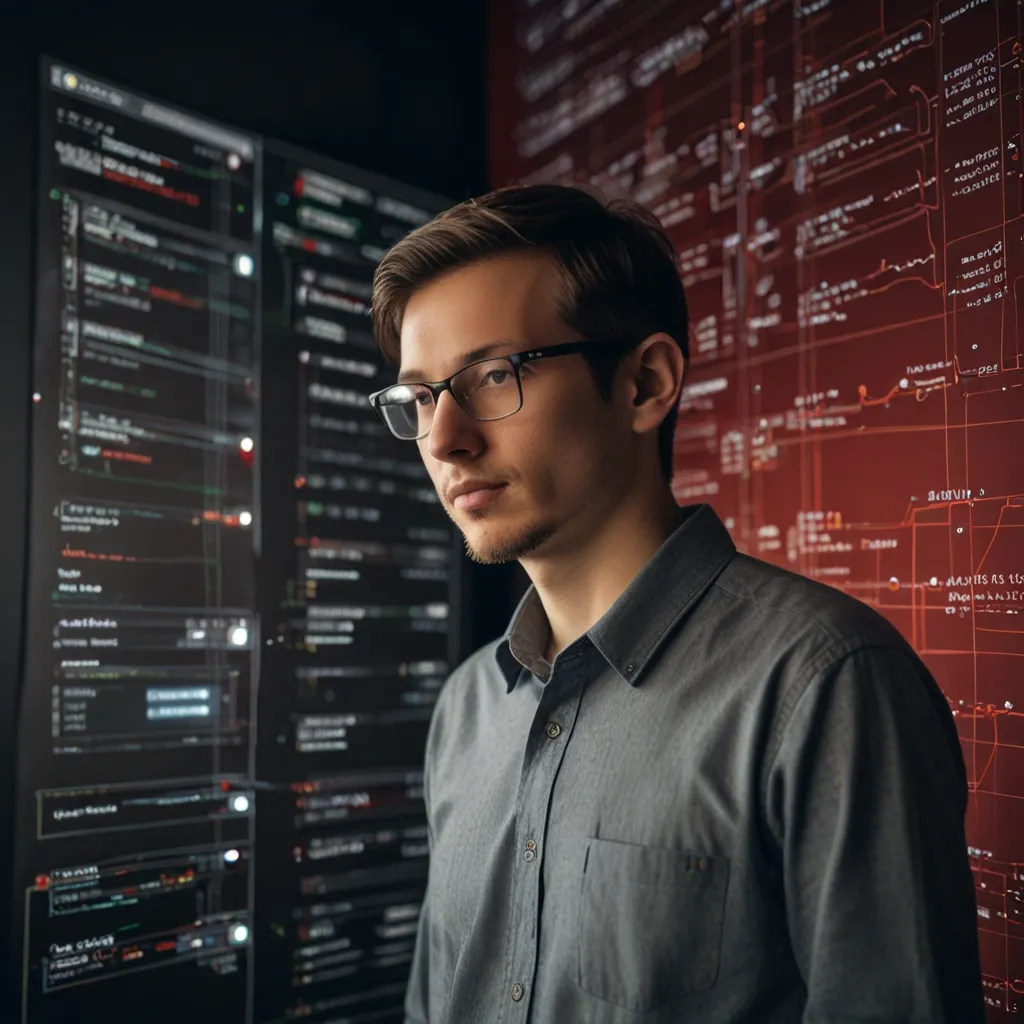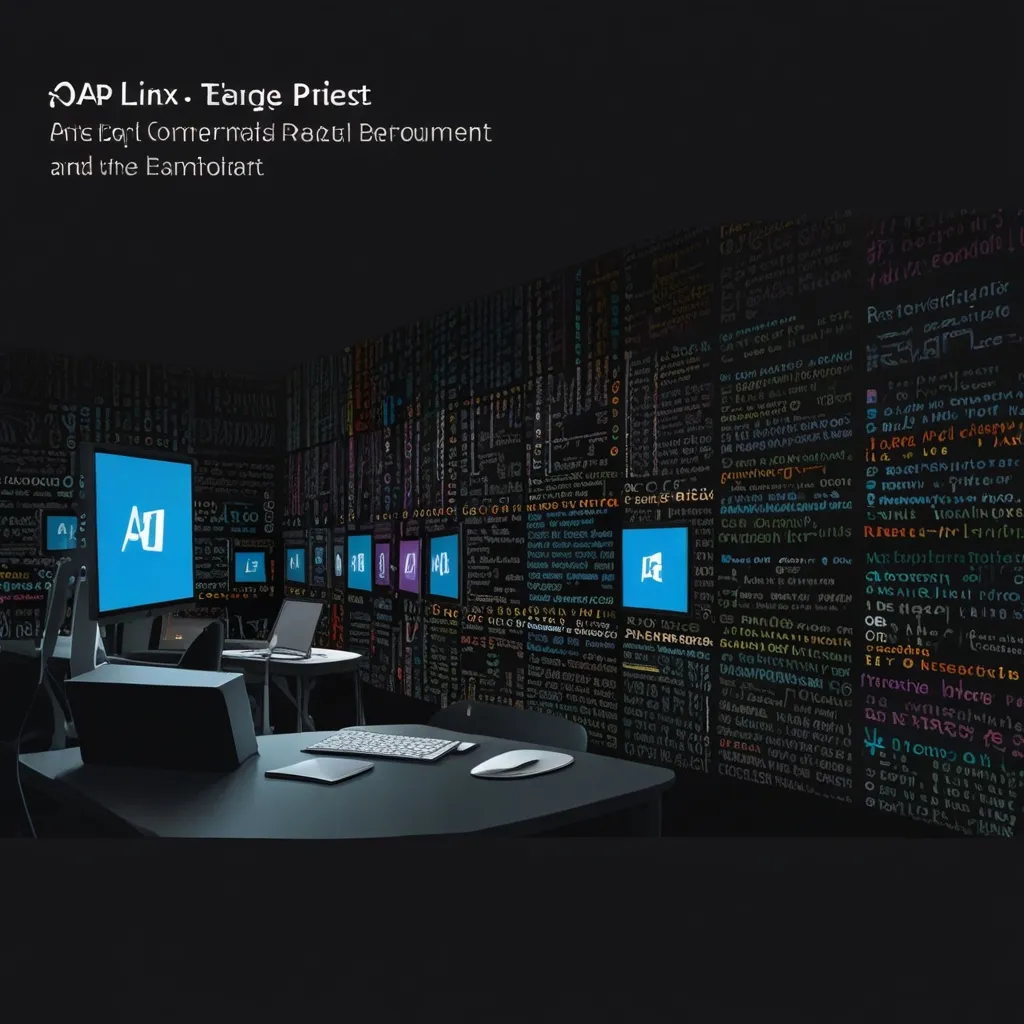Apache Kafka: Your Ultimate Guide to Real-Time Data Streaming
Ever stumbled upon a data stream so colossal it felt like staring at a surging river? Well, buckle up, because Apache Kafka makes rafting down that river exciting and manageable. Born in LinkedIn’s labs and later gifted to the world as open-source in 2011, Kafka has evolved into a beast for real-time data processing, making businesses swoon over it.
Kafka runs a slick publish-subscribe routine. Think of it as a message delivery service where producers (senders) chirp out data to topics, and consumers (receivers) latch onto these topics to gulp down the data. This nifty model lets Kafka handle oodles of data effortlessly, which is why many companies can’t get enough of it. The ability to juggle millions of messages a second and trillions per day is no joke. It’s designed for real-time action, spanning multiple servers like a pro.
Producers and Consumers
Alright, meet the heroes of the Kafka universe: producers and consumers. Producers are the cool kids sending data to Kafka topics. They push out records to one or more topics. Meanwhile, consumers are the hungry ones, gobbling up data from these topics. The beauty of Kafka is that even though data might be massive, each record gets delivered at least once to a consumer. It’s a reliable streaming feast.
Topics and Partitions
Now, let’s chat about topics and partitions. Topics in Kafka are similar to channels or feeds where records get published. They’re multi-subscriber, meaning multiple consumers can tune into the same topic. Each topic splits into partitions, spreading the workload and allowing Kafka to stretch across several servers (brokers). Each partition is an ordered stream of records, which stays immutable, keeping all records in check.
Brokers and Clusters
Imagine brokers as the hardworking servers babysitting the data. A Kafka cluster, on the other hand, is a community of these brokers. Together, they ensure the data party goes on without hiccups. The brilliance of Kafka’s architecture lies in how data is split and parceled across these brokers, making it immensely efficient.
Zookeeper
Keep an ear out for Zookeeper. It’s the quiet manager making sure the Kafka brokers and topics are in sync. It plays a crucial role in maintaining the health of the Kafka cluster. Without Zookeeper, the party might just turn into chaos.
How Kafka Works
Picture this: when a producer ships a record to a Kafka topic, it gets tacked onto the end of one of the topic’s partitions. Kafka guarantees order within each partition. The consumers subscribe to topics and keep munching on records as they join the partitions. Kafka uses a pull model where consumers yank batches of records from brokers, making data consumption smooth and scalable.
Scalability and Fault Tolerance
Scalability and fault tolerance are Kafka’s superpowers. By slicing data into partitions, Kafka ensures that even when things get crazy, the workload is spread neatly across brokers. Consumer groups allow for parallel processing, making sure that even if one consumer stumbles, the others pick up the slack. This infrastructure makes Kafka robust and fault-tolerant, standing strong under heavy load.
Kafka Streams
Kafka Streams is like the cherry on top of the Kafka cake. It’s a lightweight library that lets developers craft real-time processing apps. These apps can soak in, churn, and spew out data from Kafka topics. Kafka Streams is super user-friendly, scaling seamlessly and staying rock-steady. Whether it’s real-time analytics, monitoring, fraud detection, or ETL processes, Kafka Streams has got your back.
Real-World Use Cases
Kafka isn’t just theory; it’s making waves in the real world. Various industries rely on Kafka for real-time data pipelines, monitoring, and more. Uber, for example, uses Kafka to match passengers and drivers, while British Gas leans on it for real-time analytics and maintenance for smart homes. These real-world examples are a testament to Kafka’s prowess in wrangling huge data streams and delivering instant insights.
Setting Up Kafka
Getting started with Kafka? You’ll need to set up a Kafka cluster—think of it like setting up a new gadget. You create topics, producers, and consumers. For example, make a Kafka topic named “test-topic” and start sending and reading data using simple commands. Kafka’s command-line interface (CLI) makes these tasks a breeze, guiding you to manage Kafka topics, connectors, consumers, and producers.
Managing Topics, Producers, and Consumers
Managing these components is vital for extracting the best out of Kafka. Topics act like logical groups for events or messages. Producers send messages to topics, and consumers tune into these topics to take action based on the messages. Kafka smartly assigns partitions to consumers within the same group, ensuring no duplicate data consumption.
Concrete Examples
Take IoT applications—imagine all messages from a type of sensor pouring into a single topic. For instance, temperature sensors in a factory can send all readings to a “temperature-readings” topic, allowing real-time processing and analysis. In finance, Kafka streams real-time transactions. A bank can stream transaction data to a topic, processing it in real-time for fraud detection or updating balances instantly.
Conclusion
Apache Kafka stands tall as a powerhouse for real-time data pipelines and streaming apps. Its ability to handle vast data volumes, provide fault tolerance, and scale horizontally makes it the darling of many enterprises. Kafka might seem complex and resource-hungry, but its benefits outweigh the efforts. Grasping Kafka’s core architecture and concepts is key to building and deploying effective Kafka-driven solutions, whether for real-time analytics, event sourcing, or large-scale data integration.
By leveraging Kafka’s features like partitions, consumer groups, and Kafka Streams, developers can build sturdy and scalable streaming applications. Kafka’s deployment in various industries underscores its versatility and reliability, making it an essential tool in the realm of real-time data processing.






